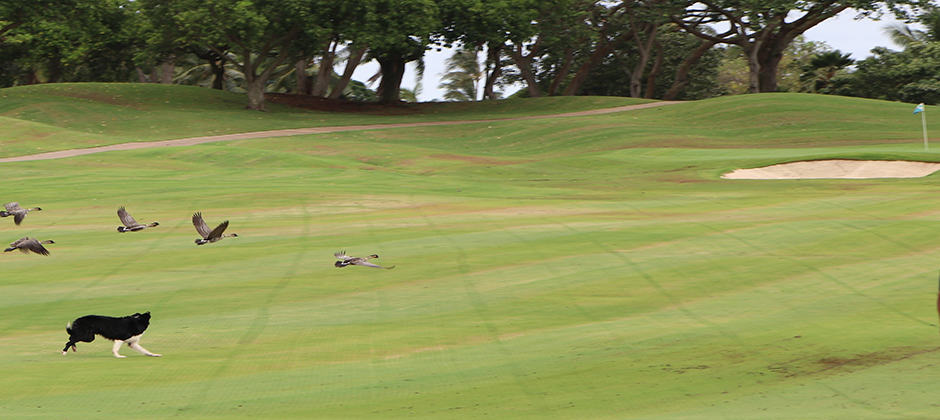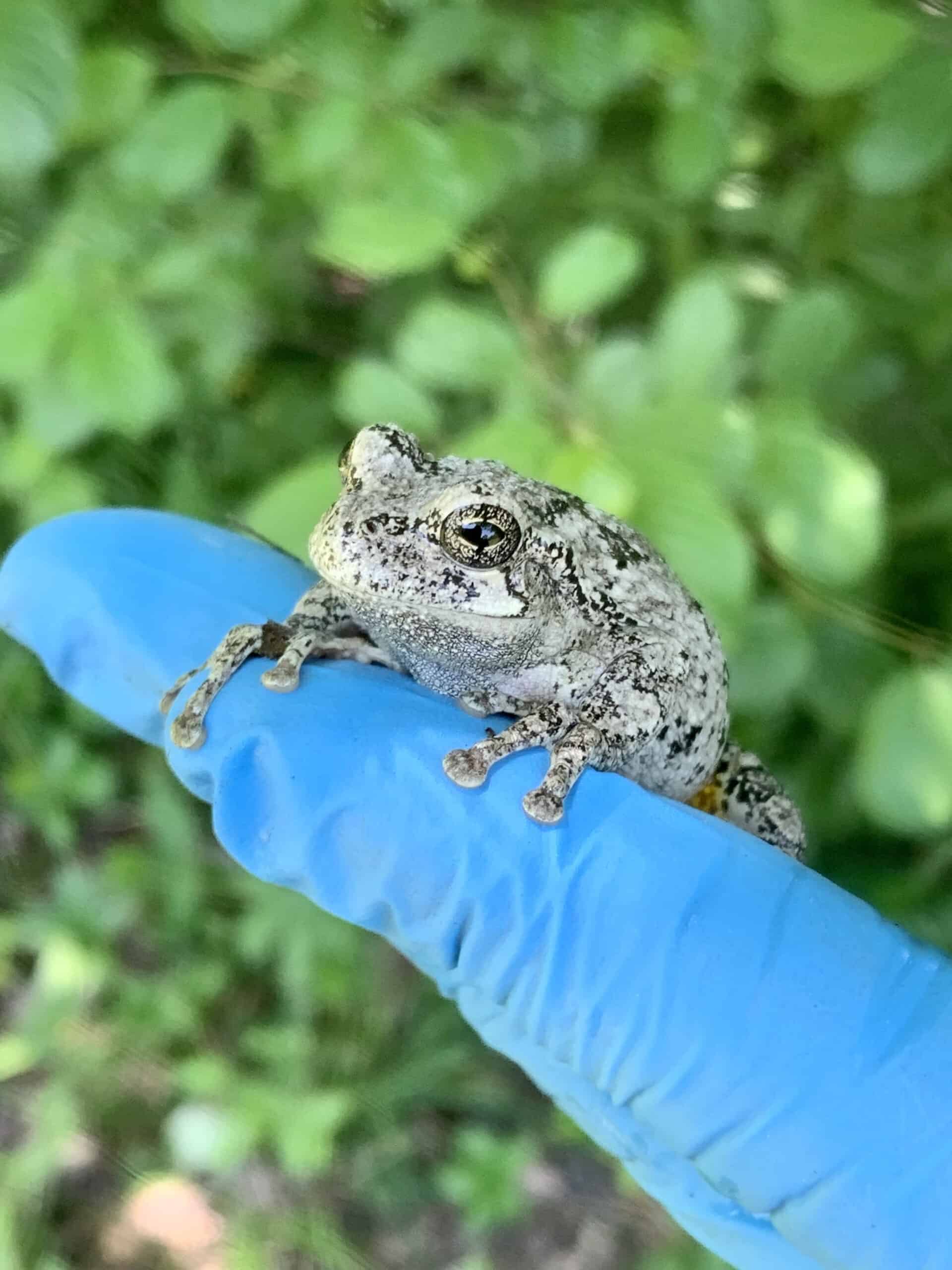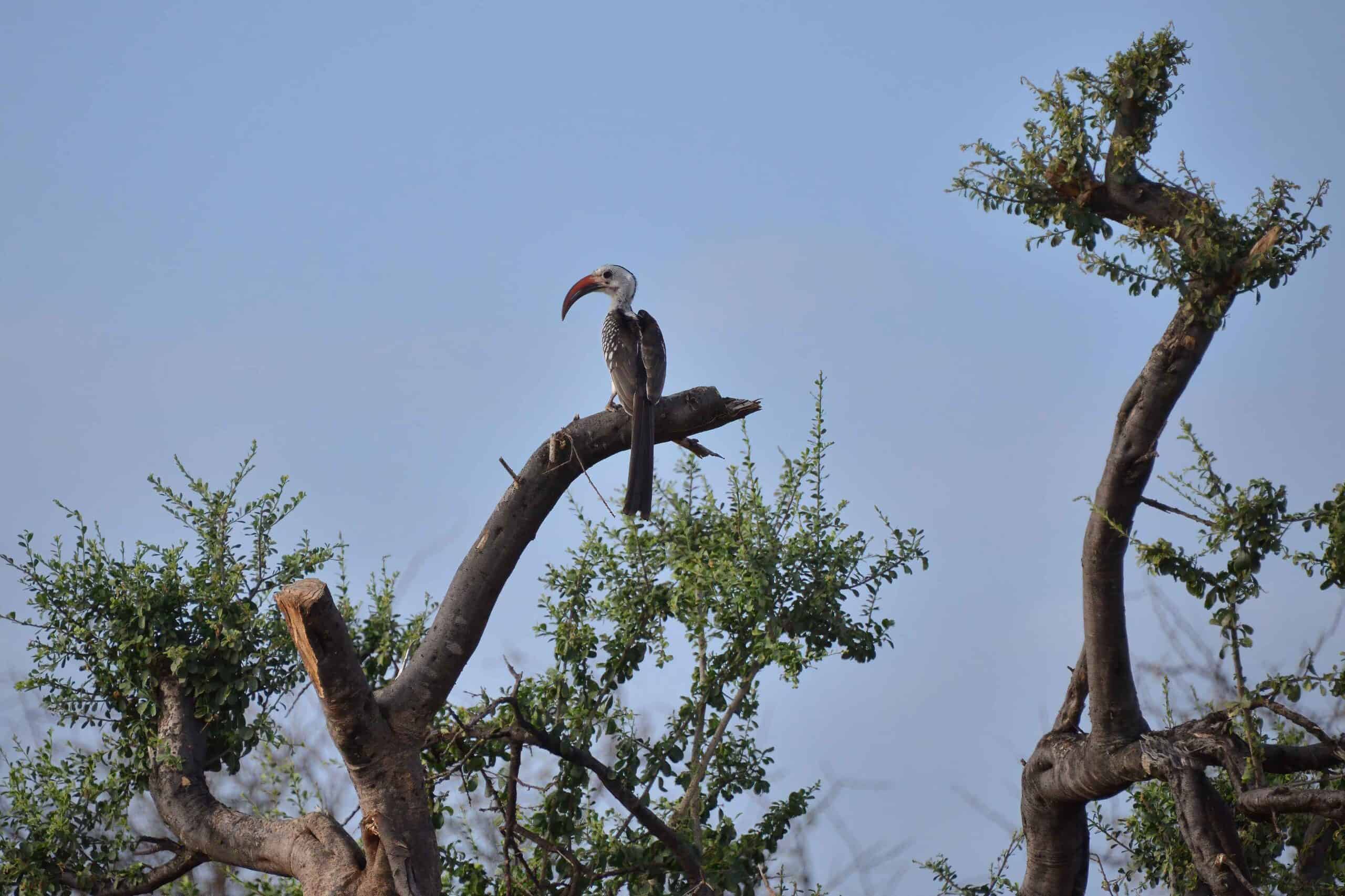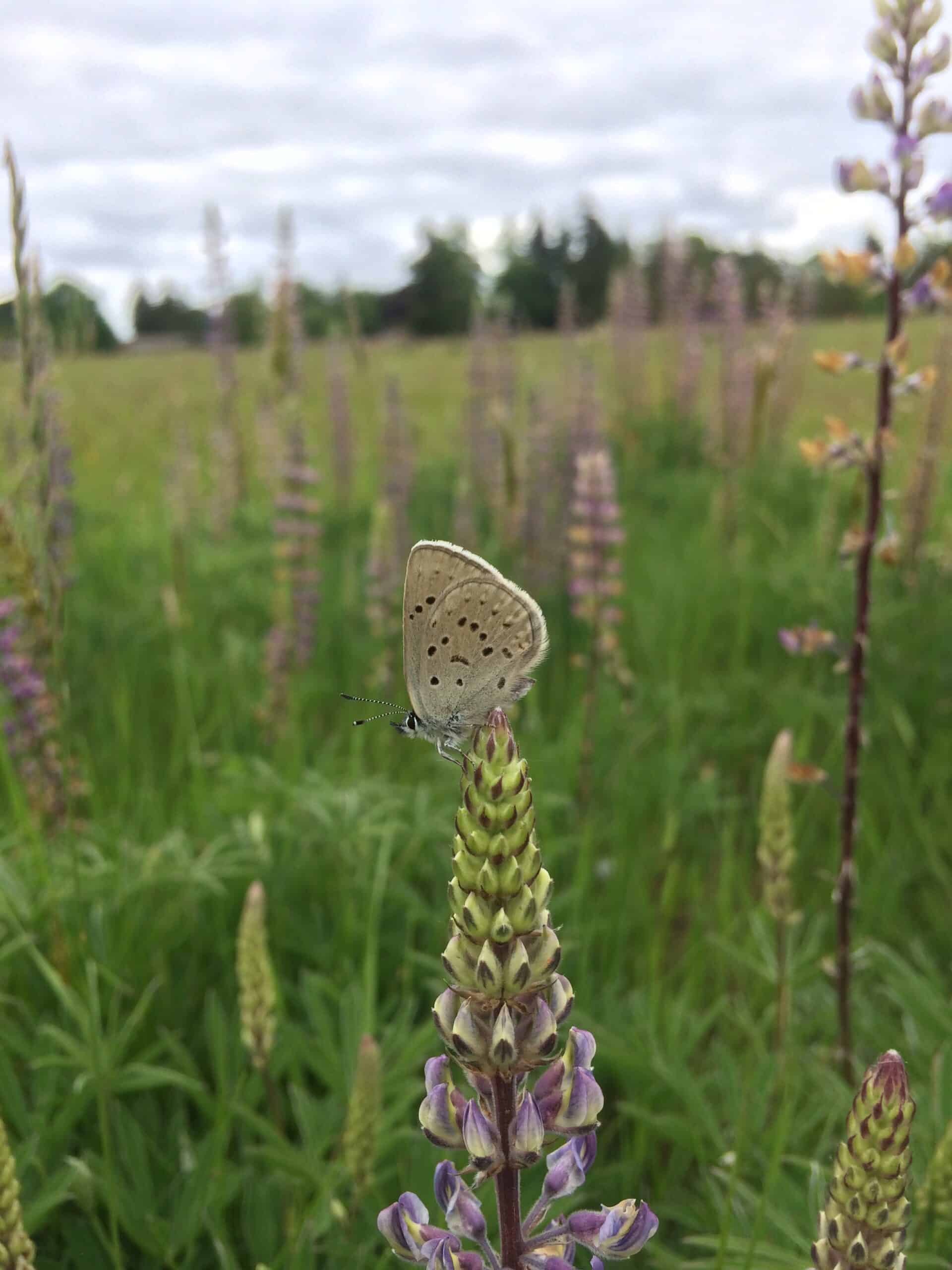Share this article
Watch: Hazing Hawaii’s endangered geese shows early success
Early indications suggest that intensive hazing with trained canine teams may help protect Hawaii’s state bird while increasing aviation safety.
In August, the U.S. Department of Agriculture’s Wildlife Services Hawaii program announced use of wildlife professionals partnered with trained border collies to disperse Hawaiian geese, or nēnē, from a golf resort surrounded by Kauai’s major airport.
By the mid-1950s, nēnē numbered just 30 birds and were federally listed as endangered in 1997. Thanks to a captive breeding program, releases of captive-bred birds began in 1960 on the island of Hawaii, followed by more releases on Maui in 1962, Kauai in 1985 and Molokai in 2001.
Almost immediately, these medium-sized geese began visiting and nesting on the Kauai resort, which is situated between two runways. Although non-migratory, nēnē move daily and seasonally, creating a danger to themselves and air traffic. Through an emergency proclamation and five-year management plan, a total of 652 nēnē were translocated from Kauai to the islands of Maui and Hawaii. When translocation efforts stopped in 2016, nesting goose numbers and concerns began to increase again.
Last June, Wildlife Services-Hawaii satellite-tagged 10 adult nēnē, in coordination with research efforts led by Brian Washburn of the National Wildlife Research Center. Hazing efforts involving border collies followed. Washburn works extensively to provide a better understanding of wildlife movement patterns, habitat management and land-use practices. Findings from his research program have been used to reduce wildlife hazards within and near airport environments nationwide. In this case, he will help identify where nēnē are moving and nesting.
Our hazing program will continue through the nēnē breeding season (August to March) using collies trained professionally on the mainland. The hazing program will also use Wildlife Services-Hawaii staff in golf carts, walking or running, using handheld flags or flashlights.
Wildlife Services’ partners include the State of Hawaii Departments of Land and Natural Resources and Transportation Airports Division, and Hōkūala Timbers Resort, Kauai.
Watch the video below for more information on the project.
Wildlife Services is a Strategic Partner of TWS.
Header Image: Two teams, comprised of trained border collies and wildlife specialists, work to haze nēnē on a Kauai golf course near an airport. ©USDA Wildlife Services








